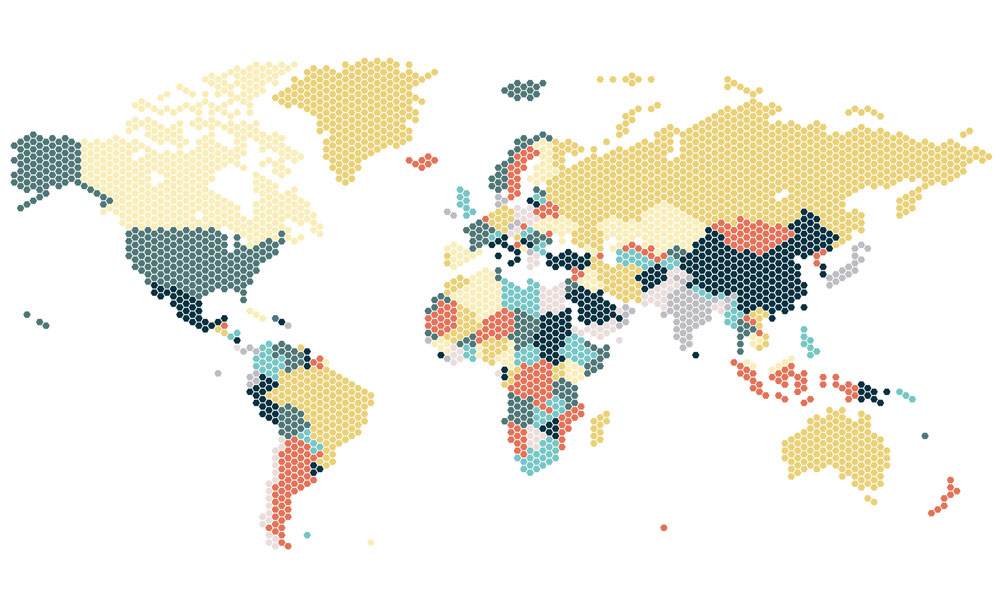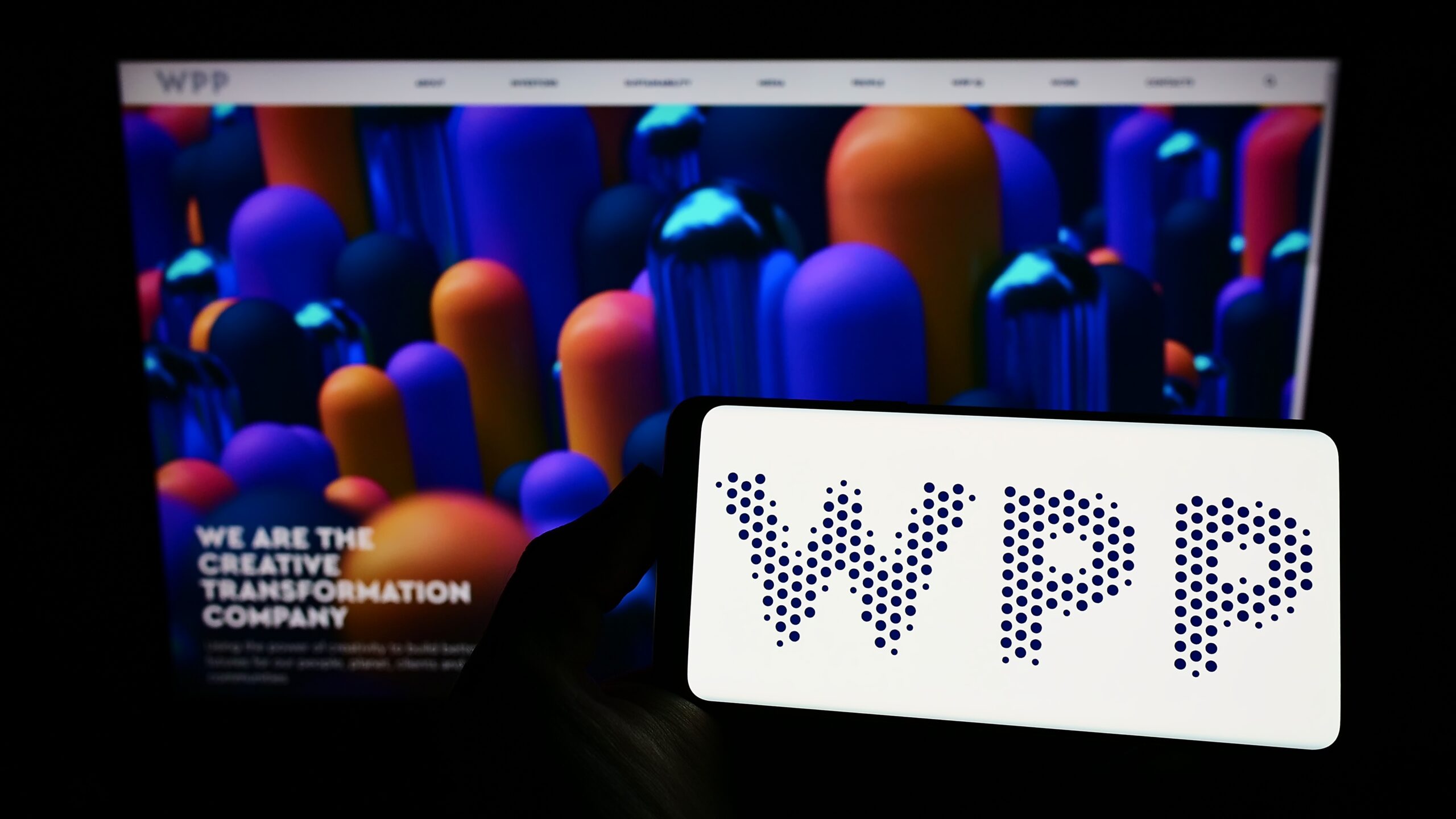
As the world braces for a possible recession, the global advertising industry has remained robust – according to two holdco-owned media agencies, that is.
Global advertising revenue grew 6.5% in 2022 and is projected to grow 5.9% in 2023, according to GroupM’s global year-end industry growth forecast. Meanwhile, Magna’s December global ad forecast predicts 4.8% growth in 2023 after 6.6% growth in 2022.
Despite projecting growth, it’s important to note that these estimates have been revised downward from forecasts earlier this year, when GroupM predicted an 8.4% growth rate for 2022. Magna had previously predicted a 9.2% growth rate for this year and a 6.3% growth rate for 2023.
Still, overall, GroupM is heading into 2023 with an outlook of “conservative optimism,” said Kate Scott-Dawkins, global director of business intelligence at GroupM.
“That’s what we’re hearing from advertisers on their earnings calls,” she said, “so that’s where our heads are at until we see something that forces us to change our minds.”
And Magna is on the same page. Although we’ll likely see “a slight slowdown in advertising revenue growth in an uncertain economic environment,” said Luke Stillman, Magna’s SVP and group director of global market intelligence, growth should reaccelerate during the second half of the year.
Retail media and CTV on the rise
One area where GroupM upgraded its numbers from its September forecast was retail media. GroupM now expects 2022 revenues to increase from $101 billion to $110.7 billion.
Retail media is “a big section of the digital pie now,” Scott-Dawkins said. And that’s a big pie. Digital advertising constituted 67% of total ad revenue this year, a share GroupM expects to see reach 73% by 2027.
Also vying for a larger slice of the ad spend pie is CTV.
“CTV didn’t decline in COVID – unlike traditional TV, it saw continued double-digit growth,” Scott-Dawkins said. “We are expecting that growth to continue to offset some of those incremental declines that we’re seeing across TV as that reach erodes.”
The broadcast subscription rate in the US is continuing its slow fall, according to GroupM. Pay TV penetration has tumbled from 91% in 2010 to less than two-thirds of the US population in 2022. By 2023, the rate is set to fall again to roughly 60%, with an expected drop to just shy of 50% by 2025.
A key caveat is that GroupM is basing its estimate of pay TV penetration rates on Nielsen data, which comes from TV households rather than census numbers.
The Nielsen number for vMVPDs (virtual multichannel video programming distributors) “is actually even a little bit higher than what we get looking at a bottoms-up approach of Fubo and Hulu and YouTube Live,” Scott-Dawkins said.
Although streaming services are growing more quickly than many other segments, “we’ll continue to see share shifts rather than huge incremental growth,” she said.
Likewise, although digital video growth will help offset linear declines in 2023, Stillman said, “it won’t offset them completely.”
Even streaming services like Netflix and Disney+ launching ad-supported tiers isn’t enough to replace the revenue.
With people moving to ad-free or ad-light viewing experiences and lower ad loads limited to four minutes an hour, “you’re still going to end up with a population that is increasingly hard to reach,” Scott-Dawkins said.
Around the world
Zooming out, it’s impossible to ignore the impact of the China market on ad revenue.
Excluding China, GroupM’s global advertising growth figure jumps from 6.5% to 8.1% for 2022.
China’s advertising growth decelerated from 10% in December 2021 to 3.3% in June and to negative 0.6% today. These numbers are due to the country’s zero-COVID policy and the antimonopoly fines and restrictions it’s leveled at internet heavyweights such as Alibaba, Baidu, Tencent and ByteDance.
But both GroupM and Magna are bullish on 2023 ad revenue growth for the world’s second biggest ad market.
GroupM expects China to notch 6.3% ad revenue growth next year, while Magna predicts a comeback to the tune of 6.6% growth. Acceleration is looking more likely now that China has started scaling back its COVID-19 rules – which enforced countrywide lockdowns and testing requirements – in the wake of mass protests.
On the European front, where the ongoing war in Ukraine has sparked energy and cost-of-living crises, Germany, France and the UK saw significant declines in TV advertising in Q3, according to Scott-Dawkins.
But the EMEA region faced particularly strong headwinds in 2022, Stillman said.
In 2023, however, he said, “ad spending growth will also slow but remain positive” in Germany, France and the UK as their economies contract.






 By
By 


